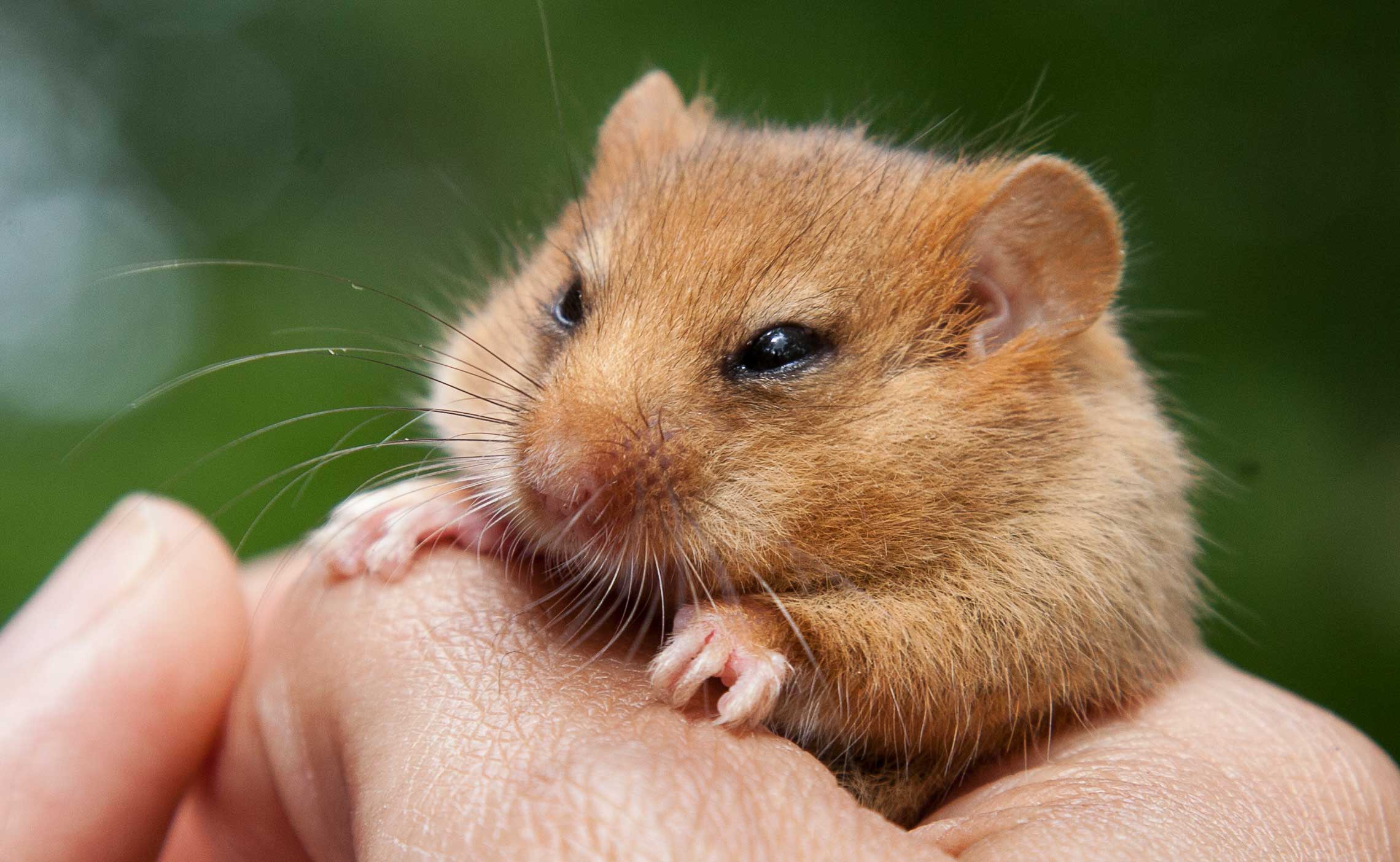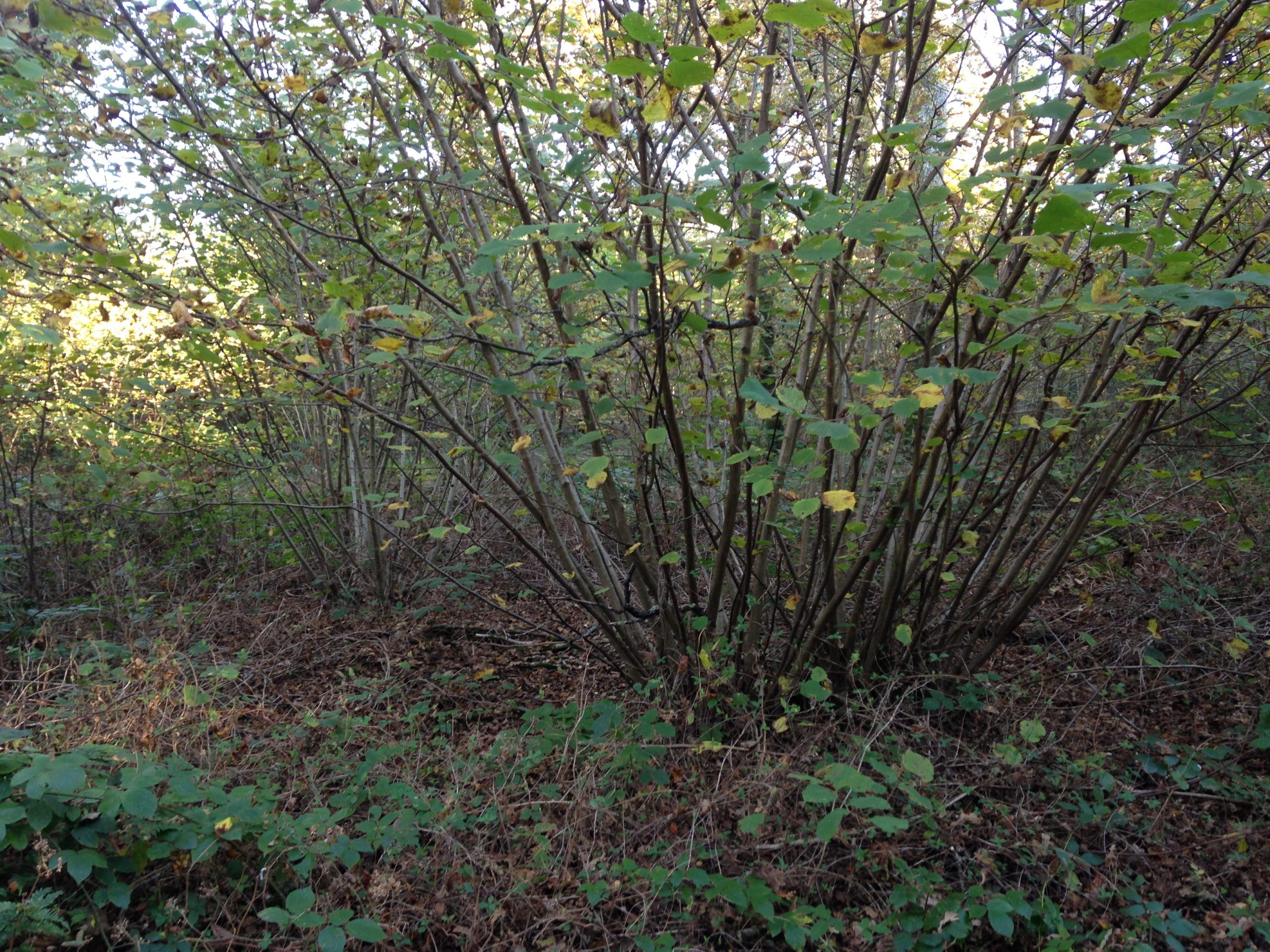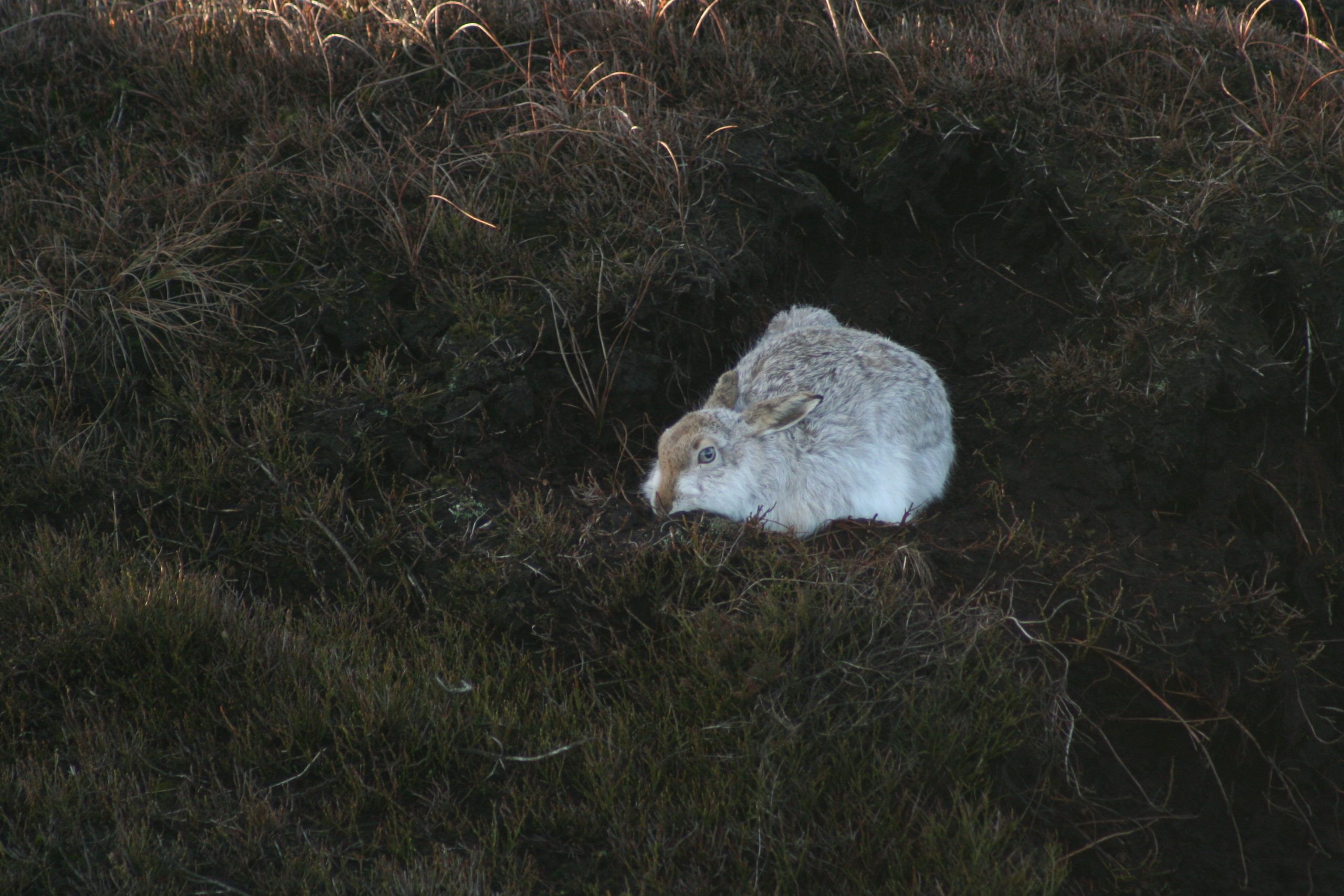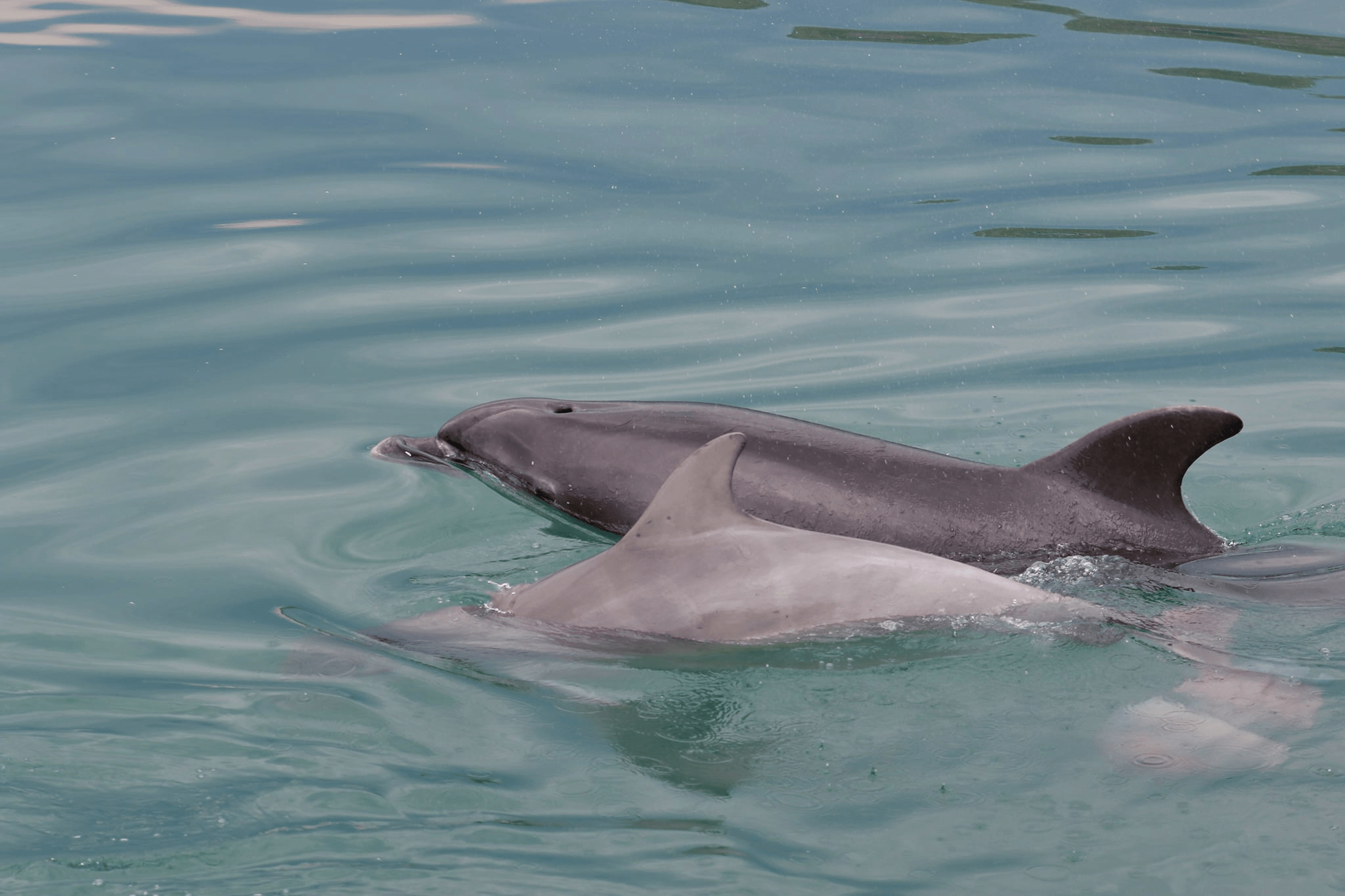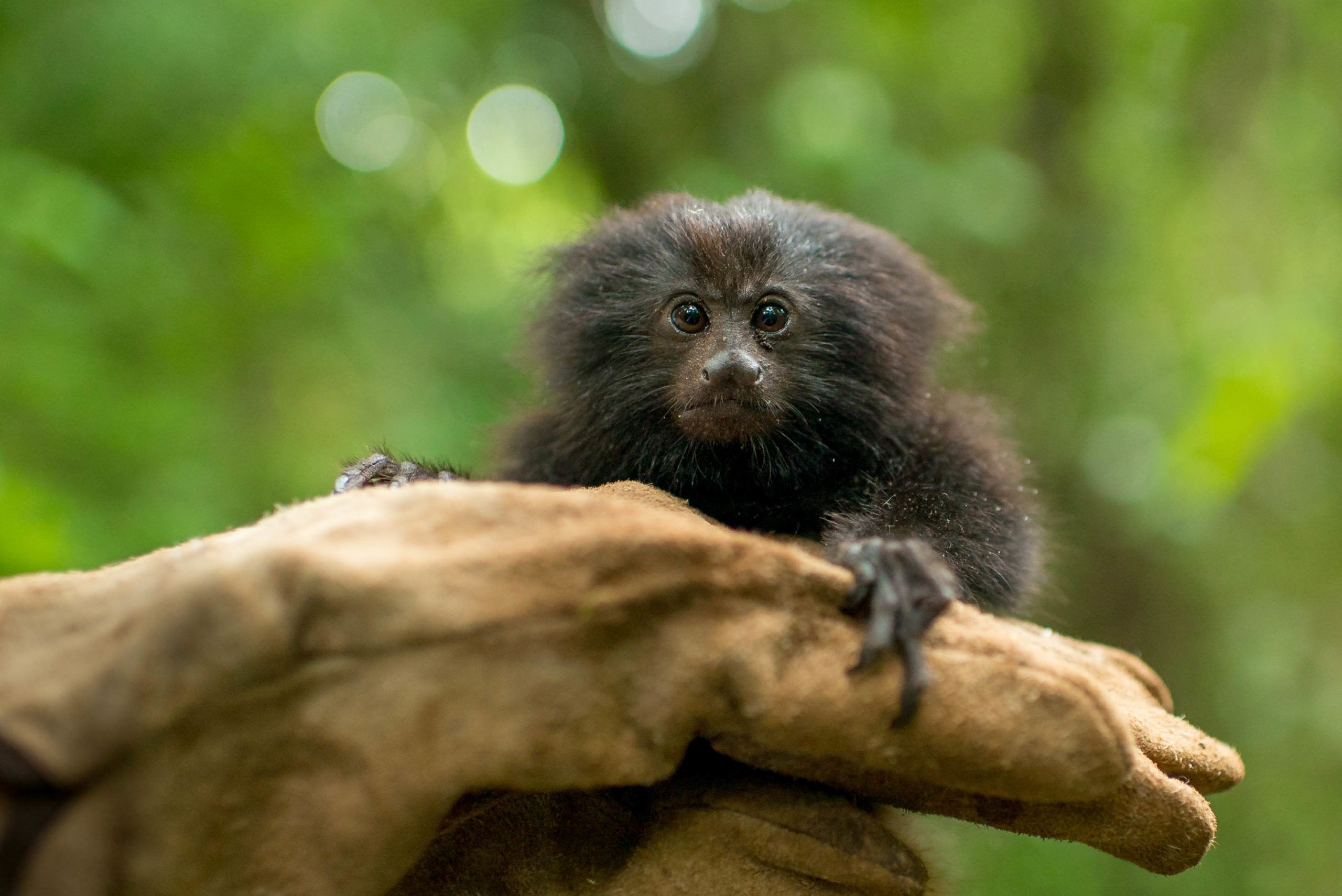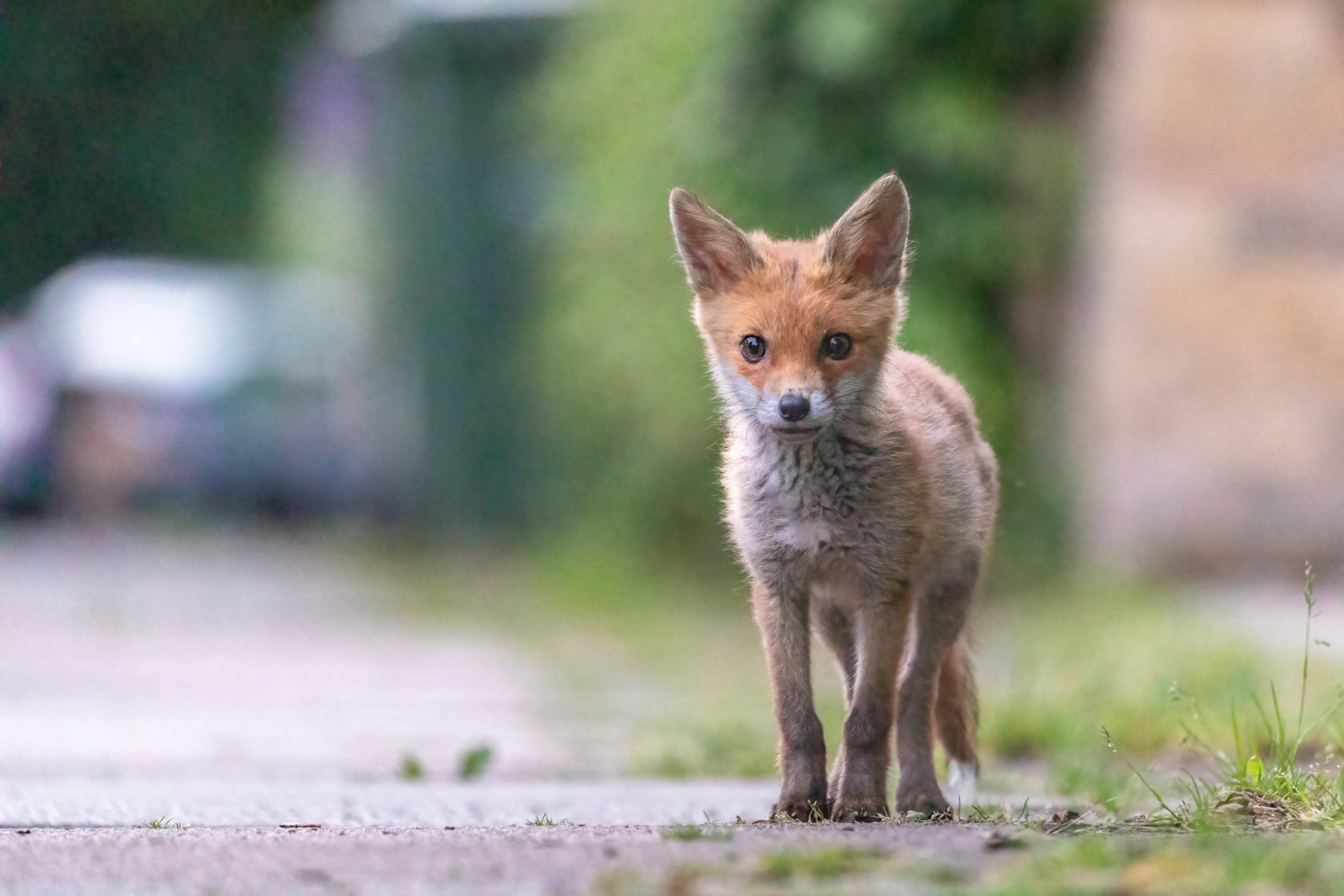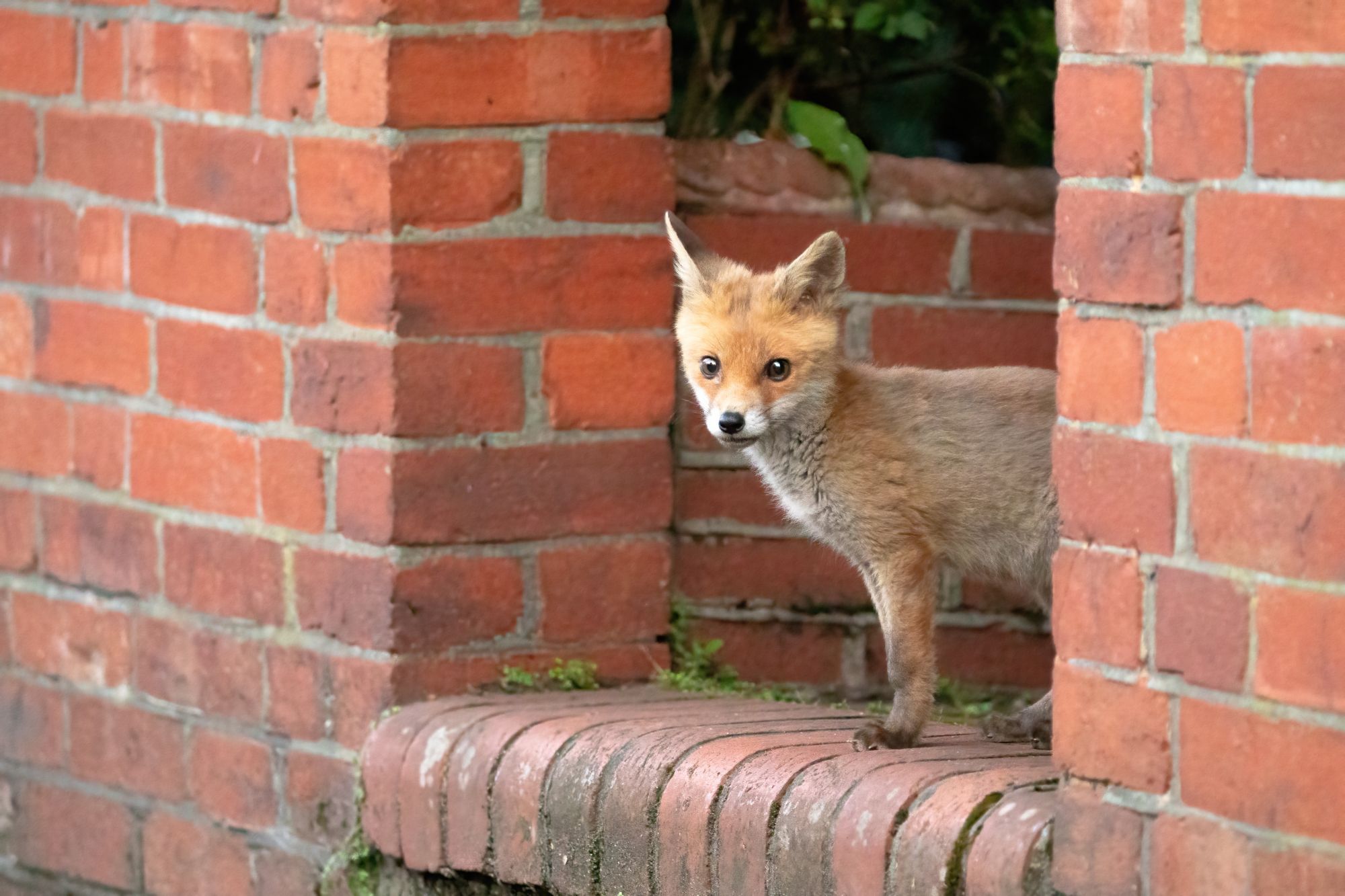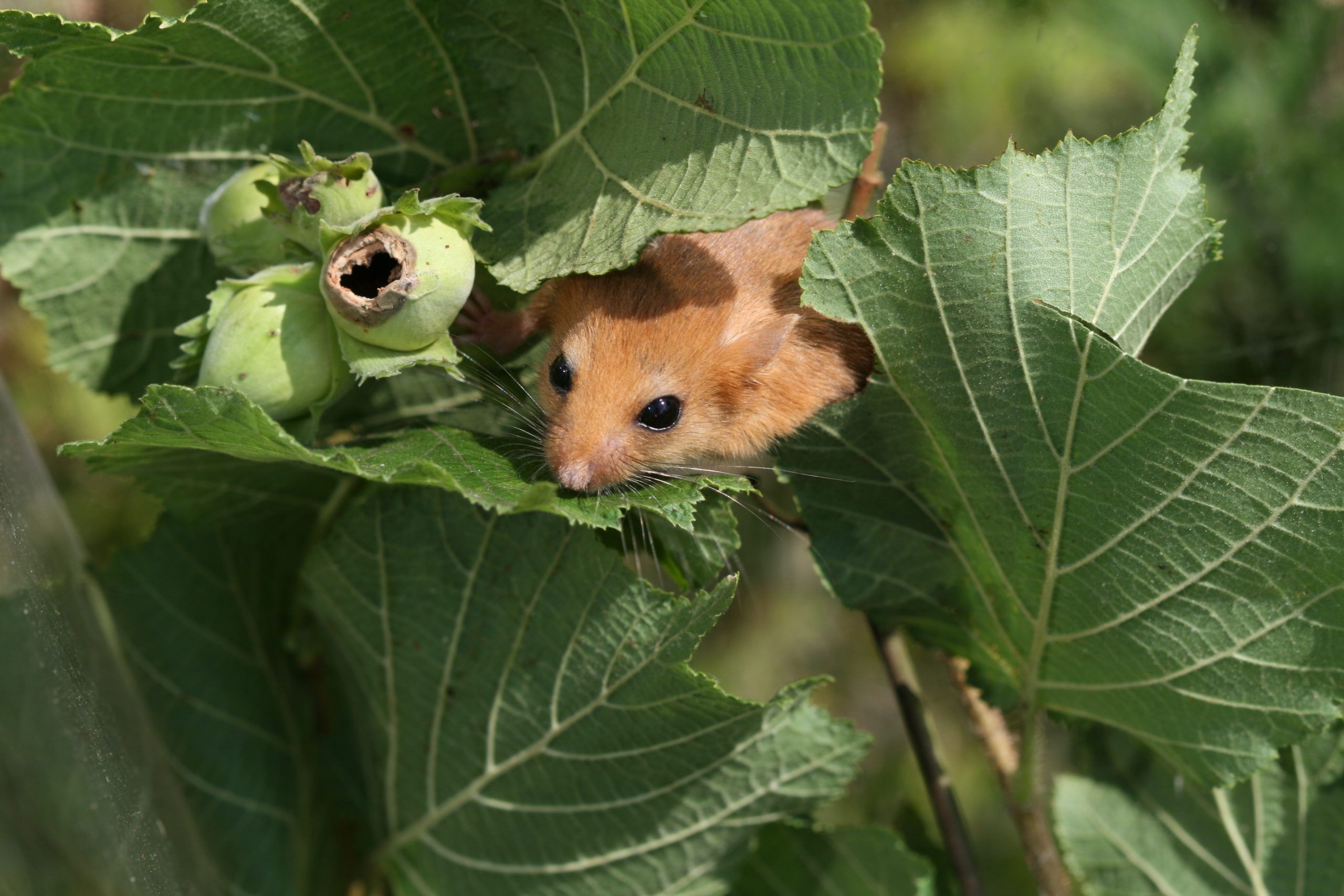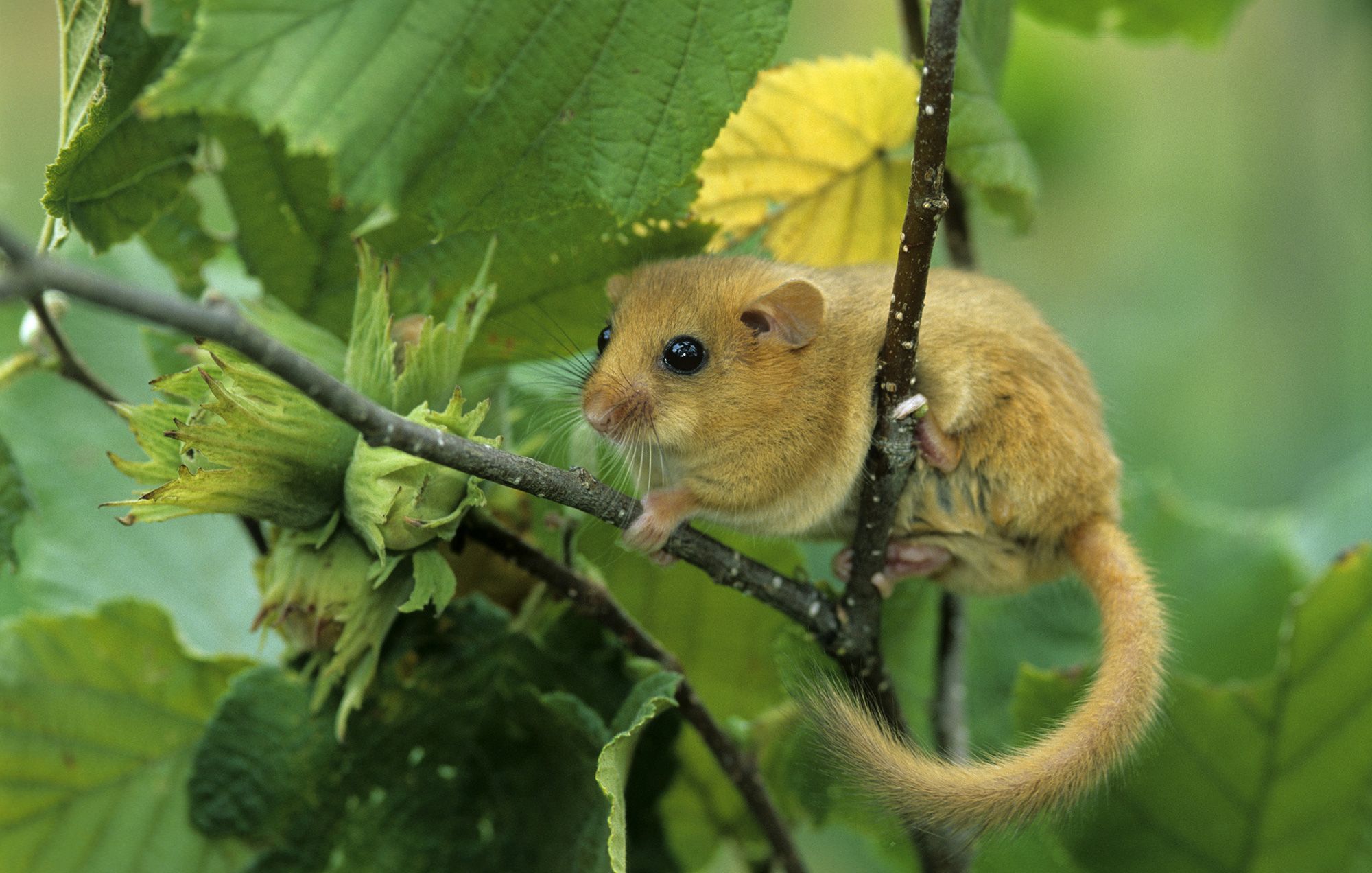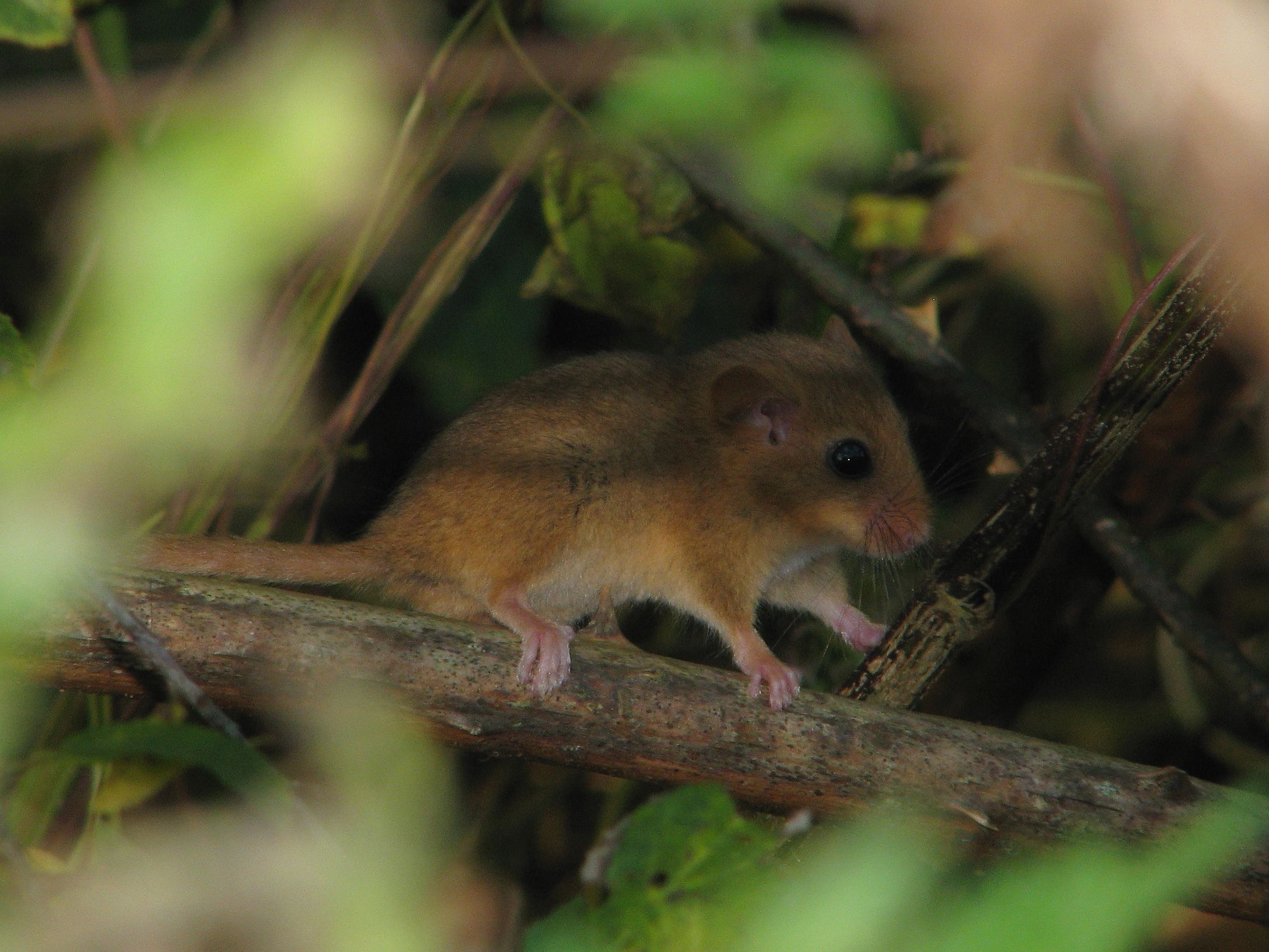Search by topic
Hazel dormice class licence CL10a, CL10b survey returns are due to be sent to Natural England from 4th January 2022. This year Natural England is introducing two changes which include new …
Read article...Coppicing is a widespread and traditional form of woodland management where trees or shrubs are repeatedly cut at the base, creating a coppice stool, and allowed to regrow, in order to …
Read article...This is a long read summarising my findings from five years studying mountain hares in the Peak District in the context of our changing climate. It’s a sobering thought that …
Read article...Our intern Claudia Afeltra is helping our cetaceans off the coast of Wales by putting together information about all individuals that have been spotted and photographed. Sometimes animals are seen …
Read article...Fun, feel-good, festive gifts from leading wildlife charity now on sale Eco-friendly, wildlife-inspired Christmas gifts are now on sale from leading UK wildlife charity People’s Trust for Endangered Species (PTES). …
Read article...COP26 leaders urged to increase grassroots conservation funding by 15 leading global wildlife conservation donors. Open letter highlights benefits of locally led nature conservation for mitigating climate change and reversing …
Read article...The Rt Hon. Boris Johnson MP10 Downing StreetLondonSW1A 2AA 27 October 2021 Dear Prime Minister Donors call for greater commitments for locally-led nature …
Read article...In the first half of this two-part blog on photographing urban mammals, we looked at the technical aspects of photography and how to use camera settings, composition and light to …
Read article...We are blessed with a huge array of mammals in the UK, from small rodents and bats to large badgers and deer and many of these can be found in …
Read article...Windsor Safari Park Hazel dormice have always been secretive creatures. Not much was known about them until Dr Pat Morris and Dr Paul Bright began studying the species in the …
Read article...The woodland home Hazel dormice are well-known for their sleepy habits and are always on the look out for somewhere to snooze. We put wooden nest boxes in woodlands where …
Read article...Last summer we put out our Fingle Woods CCTV wildlife camera kits once again, to learn more about our hazel dormice. Last time we set them up, in 2018, we …
Read article...Press and media
For all media enquiries please contact Jane Bevan or Adela Cragg at Firebird Public Relations on 01235 835297 or email ac@firebirdpr.co.uk.

